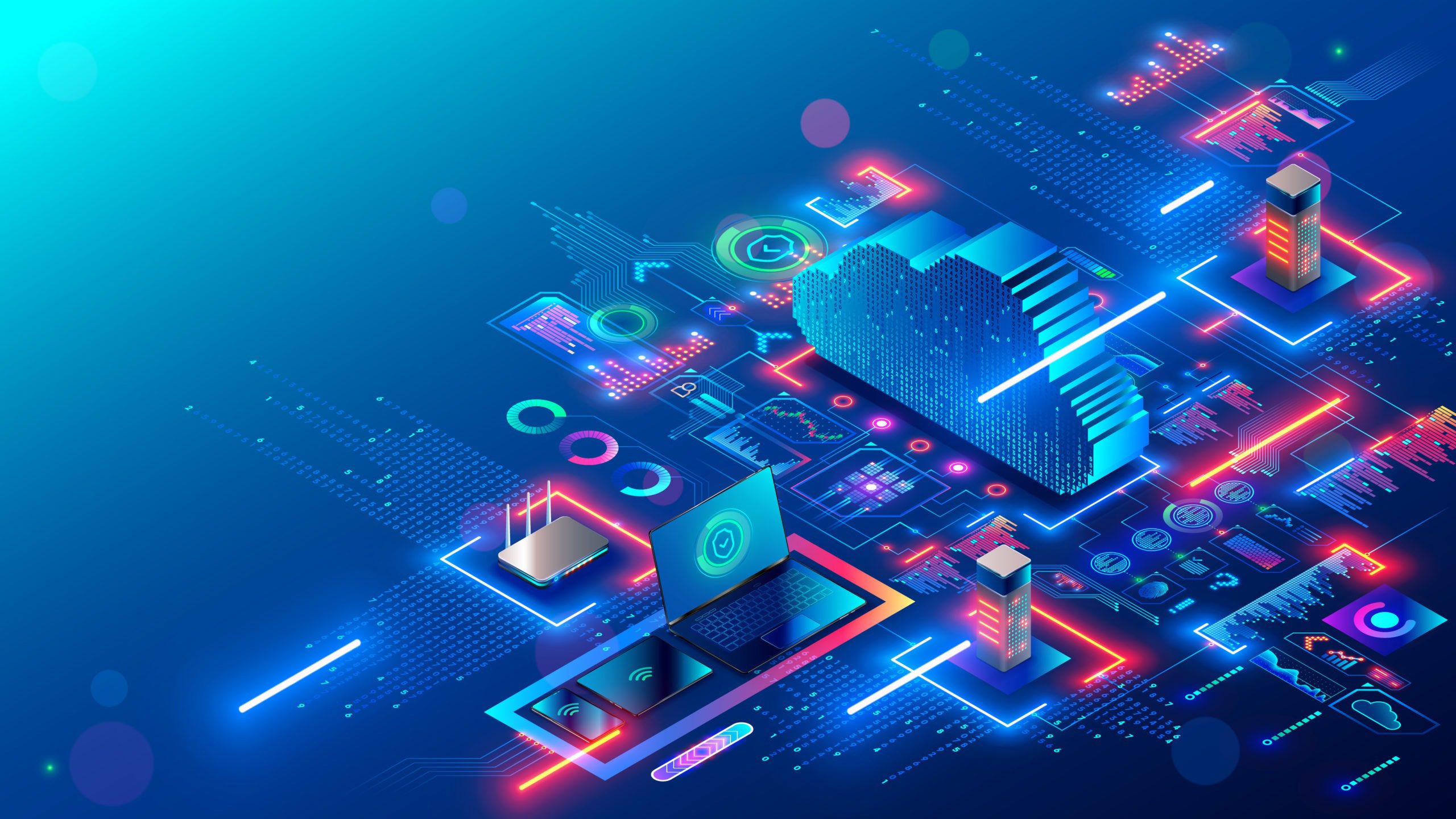
There are several elements of network security. It is important to understand these elements so you can implement them effectively and keep your data and network safe. There is no “one size fits all” approach to network security. There are many segments that need to be addressed. In addition, there are various IT technologies that need to be protected. Today’s IT environment has evolved from a client-server model to a digital transformation model, where interactions between mobile devices, cloud resources, and IoT have greatly increased. With this increased interaction, network security must be able to protect the usability and integrity of these resources.
Intrusion Prevention
One of the most basic and important elements of network security is an intrusion prevention system (IPS). This software sits between the firewall and the rest of the network. It detects unusual network traffic and prevents it from being exploited by malicious actors. Unlike traditional firewalls, IPSs don’t just follow static rules; they analyze network traffic to come up with rules to protect the system and its users. However, if you want to maintain a secure network, you must make sure that you implement an IPS.
Interruption prevention systems protect against attacks by examining suspicious network traffic. These systems are essential in most cases, and require constant monitoring. They are essential in a network. They are essential for the protection of your digital assets. If you are considering implementing an intrusion prevention system, you should consider all the risks and benefits that it provides. If you have an intruder detection system, it will prevent the threat.
Antivirus Protection
A network security strategy should also focus on antivirus protection, vulnerability assessments, and host intrusion protection. In addition to antivirus protection, it should include behaviour analysis and user authentication. All of these components need to run at all times, and should be dedicated to continuous monitoring and detection. This way, the network is protected from network attacks and unauthorized access. Further, your employees will appreciate the fact that their security is always on top of their game.

Firewalls
Firewalls are another important element of network security. They monitor incoming and outgoing traffic and create a barrier between the trusted internal network and the untrusted outside networks. They also prevent data loss by limiting network activity. The firewall also protects against malicious activities by blocking the use of malware and other threats. This is a powerful means of preventing hacking. A strong IPS can also detect attacks and prevent them before they happen.
A strong firewall should be used for network security. A good firewall will prevent attackers from accessing sensitive data on your network. A strong antivirus will also keep your data safe. If a malicious hacker has malware infected your computer, you can protect it by installing an antivirus and a firewall. This is the most effective and widely used method of network security. You should also consider how much time your employees are spending on the network.
Data Security
While network security covers the infrastructure of a network, it also covers the processes and hardware used for protection. Generally, a comprehensive security policy should focus on preventing hackers from accessing your data. Then, your security plan should focus on antivirus protection, vulnerability assessment, and host intrusion prevention. In addition to antivirus and firewalls, you should also invest in behavioral analytics and behavior analysis. While these are necessary tools to protect your information, you must also be aware of the risks involved.
Vulnerability Assessment
Network security should also focus on host intrusion protection and vulnerability assessment. The best solution should also consider behavioural analysis and logging of network users. Keeping these elements of the system running constantly is the best way to keep your network secure. These are just a few of the many different elements of a network security strategy. In addition to these, you can implement any combination of these measures. You may need to use all of them for your business.
The Bottom Line
An intrusion prevention system is a bare minimum for network security. This component is required by most compliance regulations and allows a company to analyze suspicious network traffic. It sits between a firewall and the rest of the network. It does not follow static rules, but it actively analyses network traffic and creates rules that prevent intruders from exploiting your system. If you’re worried about security, make sure you’ve installed a firewall.
Network security services from technicalactiongroup.ca help you keep up with constantly changing technology and keep your company safe and secure. One of the most important aspects of security is ensuring that your networks are lightning quick. Even the smallest of breaches can put your business at risk of hours or even days of downtime. By working with a provider who is familiar with the latest security threats and technologies, you can minimize the risk of serious technical problems.








